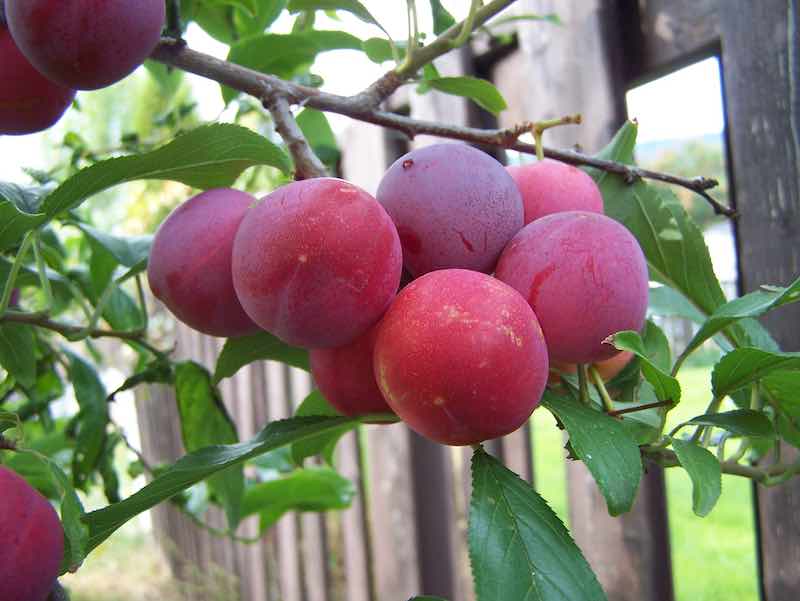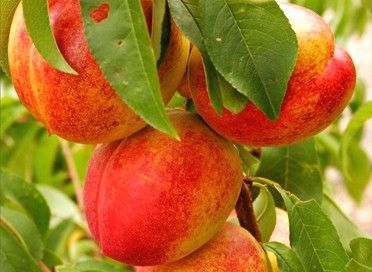March 19th is the vernal equinox, or the long awaited first day of spring. March is the perfect time to prune your stone fruits (cherries, peaches, apricots, nectarines, and plums). Weather depending, I like to have my pruning done by mid-March. There are many benefits to proper pruning of your fruit trees, especially stone fruits.
- By removing superfluous branching, you channel the trees energy to branches that create more fruit
- With better sunlight penetration into the canopy, helps to create more fruit
- Helps with more even coverage of applications of insecticides and fungicides
- By controlling the trees overall size, making harvesting your fruits easier!
Before you start, it’s always recommended to thoroughly clean and sharpen your pruning implements. Dull pruning equipment not only makes your job harder, it also leaves less clean cuts on the tree, which can lead to insect or disease entry points later in the season.
What to Prune
I have always found that stone fruits benefit from being pruned as an open canopy style. This is achieved by pruning out the central leader of the tree, forcing the branch network to grow wider while making the tree shorter overall. These are the main pruning cuts that should be done to your nectarines, peaches, and apricots.
- The 4-D’s- if the branch is Dead, Dying, Diseased or Damaged. This can be done at any time of the year, but definitely should be done at this point
- Any branches that are crossing or rubbing against one another. Pick the stronger of the two branches and remove the weaker one
- Waterspout branches- these typically come from heavily pruned trees and as a response the trees tend to create them to aid in photosynthesis. Thin them out or remove them
- Any branches that grow directly towards the main trunk
- On peaches and nectarines, the fruiting wood from the previous year is typically a bright to dull red. Cut these back by 1/3rd to ½ to strengthen the branch and remove excessive fruit production
Peaches and nectarines can produce many pounds of fruit per branch and can often break branches with the weight of the fruit! Thinning the fruiting wood will produce fewer, but much larger and higher quality fruit. If you have clusters of fruit within 6’’ of another, picking a few of the smaller fruits off as they mature will improve fruit quality as well.
Spraying your Tree
After pruning your fruit tree, this is the perfect time to do the first application of spray to your fruit tree of the year. Since most of the fungus that affect fruit trees do not get killed off by winter temperatures, it’s best to eradicate them before they come back when conditions become favorable. I recommend using a blend of Bonide Dormant Oil and Bonide Copper Fungicide, mixed to the manufacturer’s specifications. This is an organic option that will kill overwintering insect eggs and diseases.
Pro-Tip! Peaches, nectarines, and apricots are susceptible to Peach Leaf Curl (PLC). While this disease typically just creates lesions and contorting of the leaves, it can also affect plant vigor and fruit production. Look for it through the last few weeks of April into May. Using the recommended products above, you can control this disease easily.
To Recap
I hope that this gives a good understanding of why pruning and spraying your fruit trees is so important at this time of the year. By doing a little extra work now, we’re setting ourselves up for better tree health down the road, as well as an increased harvest later this year. If you are new to fruit tree growing, I hope that follow along with these monthly blogs to stay up to date about what is recommended care for your trees each month. Be well, and happy growing!
Thanks for your thyme!
Written By "Trav the Tree Guy" Travis Morcha







